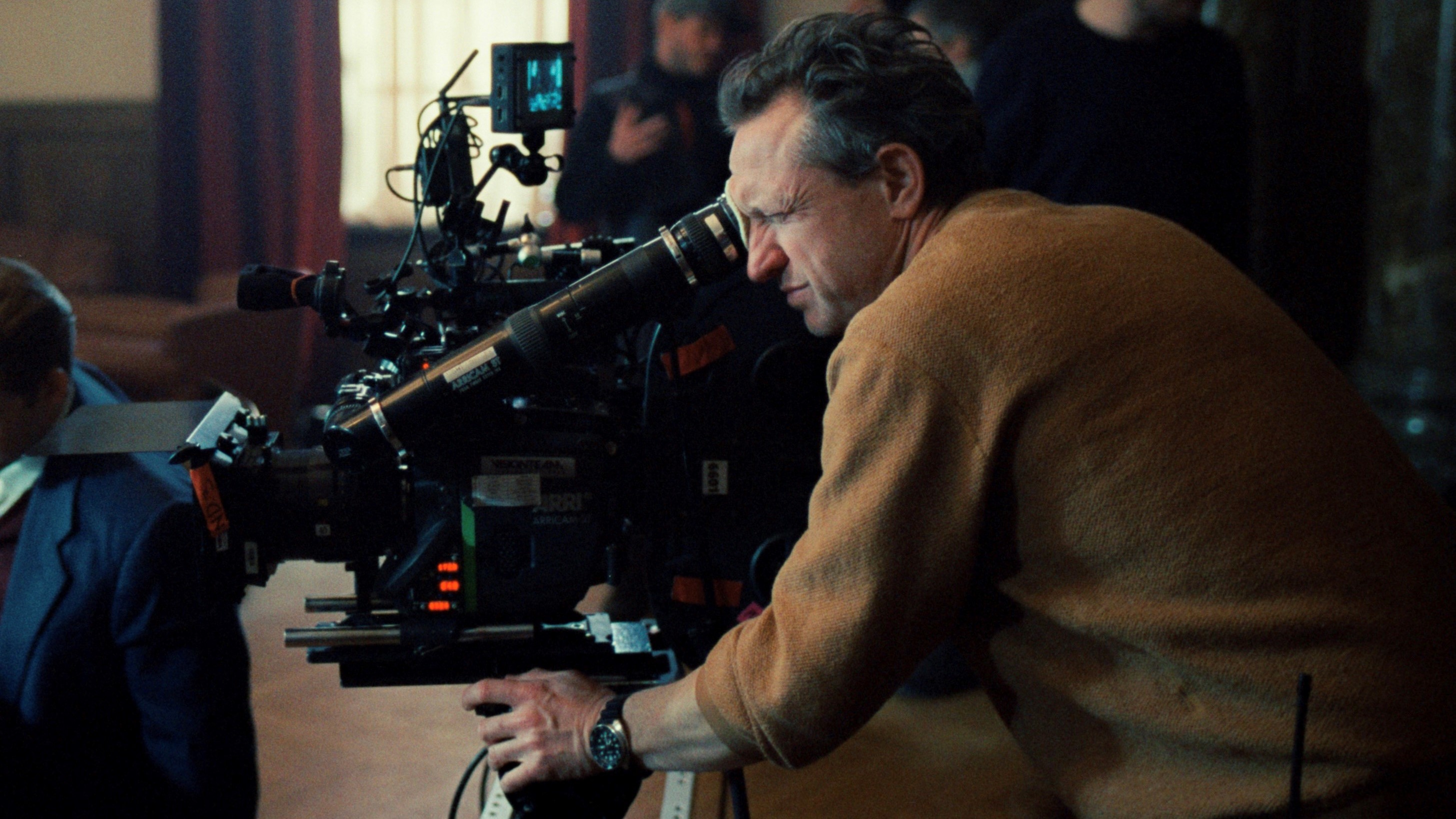Cinematographer Simon Duggan discusses the challenges in ensuring visual continuity for the prequel to the operatic road warrior saga Mad Max: Fury Road.
Director George Miller had been plotting a prequel to Mad Max: Fury Road for some time and even approached original cinematographer John Seale to shoot it. Seale had been nominated for work on the 2015 film but, approaching 80 when Miller finally got around to making it, Seale decided to pass.
The baton went to fellow Antipodean DP Simon Duggan, a New Zealander who has shot Alex Proyas’ I, Robot, Duncan Jones’ Warcraft and Mel Gibson’s Hacksaw Ridge.
“I knew that George had been developing both Fury Road and a prequel story for many years and had originally planned to shoot both films back to back,” Duggan tells IBC365...
You are not signed in.
Only registered users can view this article.

Behind the scenes: Squid Game 2
The glossy, candy-coloured design of Squid Game is a huge part of its appeal luring players and audiences alike into a greater heart of darkness.

Behind the scenes: Adolescence
Shooting each episode in a single take is no gimmick but additive to the intensity of Netflix’s latest hard-hitting drama. IBC365 speaks with creator Stephen Graham and director Philip Barantini.

Behind the scenes: Editing Sugar Babies and By Design in Premiere
The editors of theatrical drama By Design and documentary Sugar Babies share details of their work and editing preferences with IBC365.

Behind the scenes: A Complete Unknown
All the talk will be about the remarkable lead performance but creating an environment for Timothee Chalamet to shine is as much down to the subtle camera, nuanced lighting and family on-set atmosphere that DP Phedon Papamichael achieves with regular directing partner James Mangold.

Behind the scenes: The Brutalist
Cinematographer Lol Crawley finds the monumental visual language to capture an artform that is essentially static.





